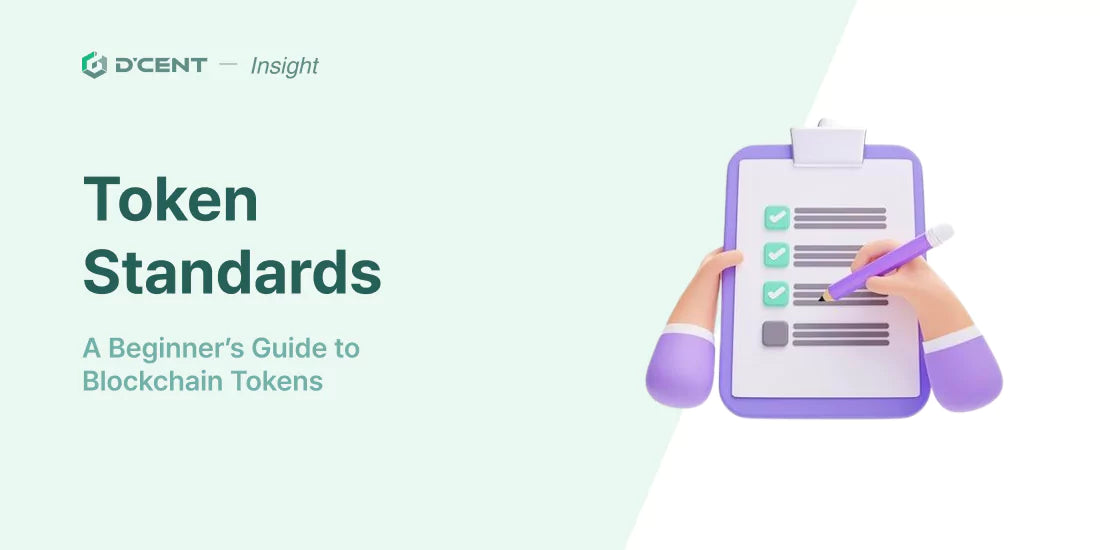Did you find this article helpful?
Sharing it takes less than 20 seconds, but we spent over 20 hours crafting it to bring you valuable insights. Help others by spreading the knowledge! 🚀

TL;DR;
Tokens are used in various fields with different meanings. Recently, the most mentioned areas are ChatGPT and cryptocurrency. In the context of LLM (Large Language Model) language models, which are becoming a natural part of our daily lives, a "token" refers to a "word piece." However, in the world of cryptocurrency, a token is a criterion used to classify digital assets.
In this article, we'll explore the concept of tokens in cryptocurrency and take a closer look at the major token standards.
First, let's clarify the difference between coins and tokens. A coin refers to a digital asset that operates on its own independent blockchain platform. Examples of coins include Bitcoin, Ethereum, and Solana, which are commonly traded on exchanges. A token, on the other hand, is a digital asset that does not have its own independent blockchain platform. Instead, it is issued on an existing blockchain platform through a smart contract for a specific purpose. In other words, the key difference between a coin and a token lies in whether or not it has its own blockchain.
Tokens can serve a variety of purposes, including the following:
A Token Standard refers to a set of rules and interfaces that define how tokens are issued and managed in a consistent manner. This ensures that tokens issued across various projects are interoperable and can be used in a unified way. For example, all ERC-20 tokens issued on Ethereum operate according to the same set of rules, which means tokens from different projects can be managed or traded using the same wallet.
Token standards play a crucial role in ensuring the scalability and interoperability of blockchain networks. The reasons why these standards are important include:
In the cryptocurrency ecosystem, there are various token standards, each primarily used on specific blockchain networks. The main token standards are as follows:
The most widely used token standard on the Ethereum network, defining basic functionalities like issuance, transfer, and balance checking.
Similar to ERC-20 but designed for the Binance Smart Chain (BSC), offering lower fees and faster transactions, making it popular in decentralized exchanges (DEXs) like PancakeSwap
A token standard on the Tron network, known for its fast transaction speeds and low fees, with applications like Tether (USDT) issued on this standard.
Token standards define various functions necessary for the issuance and management of tokens. The main functions are as follows:
Token standards define rules for managing the total supply of tokens. This helps prevent inflation and maintains a consistent supply. For example, the ERC-20 standard provides a totalSupply function to check the total amount of issued tokens.
Token standards outline the rules for trading and exchanging tokens, ensuring consistent methods for transferring and receiving tokens. This guarantees compatibility across various exchanges and wallets, allowing users to trade tokens safely.
Token standards vary in technical aspects based on their blockchain networks.
Smart Contract Support
ERC-20, BEP-20, and TRC-20 support smart contracts, making them ideal for DApps and DeFi projects. In contrast, BEP-2 focuses on simple token transactions without smart contract functionality.
Gas Fees
ERC-20 tokens can be costly due to Ethereum's high gas fees. BEP-20 and TRC-20 offer more affordable transactions with faster processing times.
Block Confirmation Speed
ERC-20 tokens have a block creation time of 12-14 seconds, whereas BEP-20 and TRC-20 offer significantly quicker block confirmations, with speeds of 3 seconds and under 1 second, respectively.
Token standards play a crucial role in security and compatibility. Here’s a look at the differences and how they enhance security:
Standardized tokens ensure compatibility across various platforms and applications. For example, ERC-20 tokens are supported by all Ethereum-based wallets and exchanges, allowing users to trade seamlessly. Different standards, however, can lead to compatibility issues and user confusion.
Understanding token standards is crucial for preventing asset loss. For instance, sending ERC-20 tokens to a BEP-20 network can result in asset loss. To avoid such issues, consider the following recommendations:
💡Verify Network: Before transferring tokens, check which network standard the token follows.
💡Check Address Accuracy: Ensure the token address is correct and matches the standard you are using.
💡Test Transfer:Send a small amount as a test before transferring larger sums to ensure everything is working correctly.
💡Confirm Wallet Compatibility: Make sure your wallet supports the token standard you are dealing with.

Selecting the appropriate token standard depends on the project’s goals and use case. For DeFi projects, ERC-20 or BEP-20 might be suitable, while TRC-20 could be better for low-cost, high-speed transactions. Additionally, consider the ecosystem and community support available for the chosen standard.
As blockchain technology evolves, so will token standards. The future likely holds new standards that offer enhanced security, efficiency, and cross-chain compatibility, further driving the growth and adoption of blockchain applications across various sectors.
Did you find this article helpful?
Sharing it takes less than 20 seconds, but we spent over 20 hours crafting it to bring you valuable insights. Help others by spreading the knowledge! 🚀